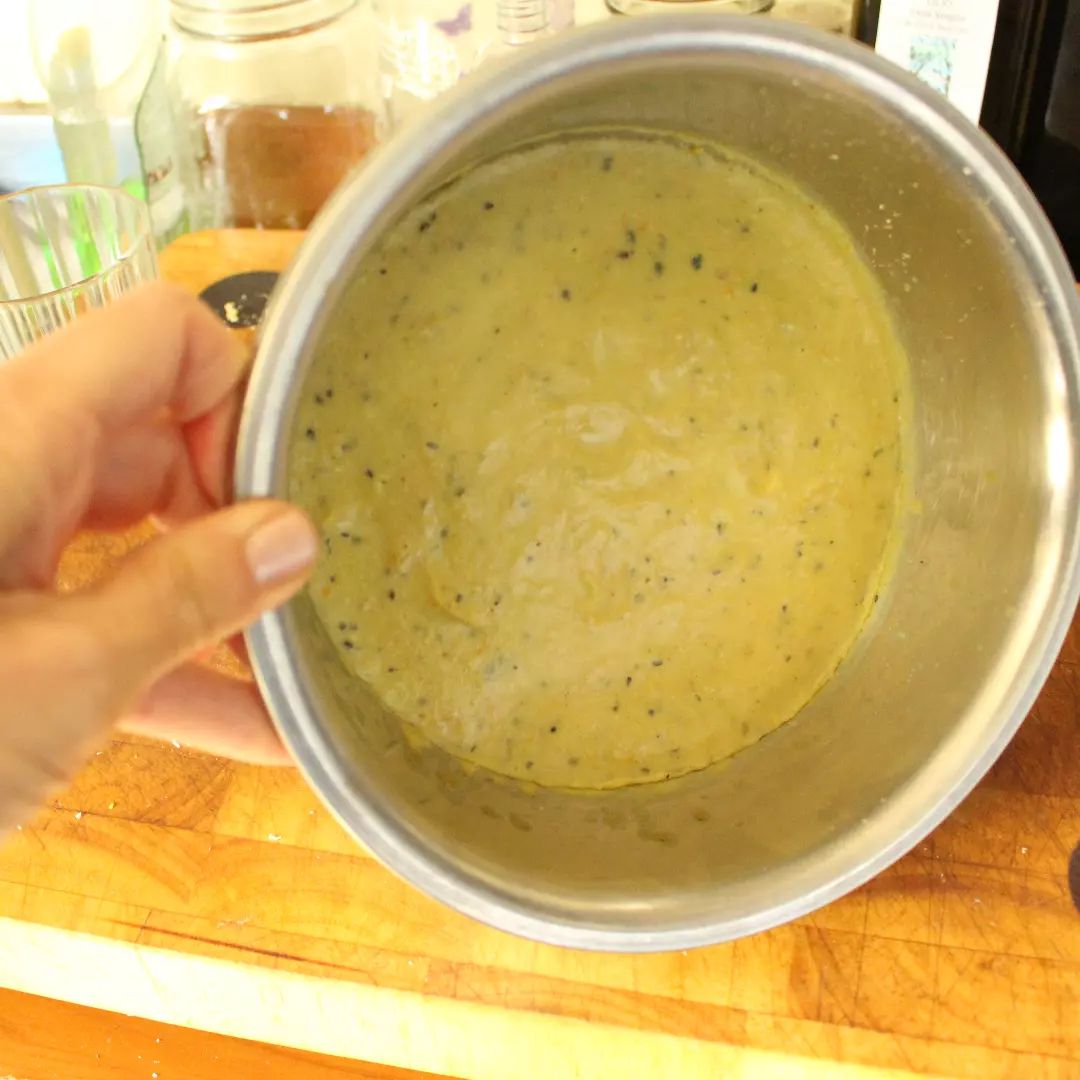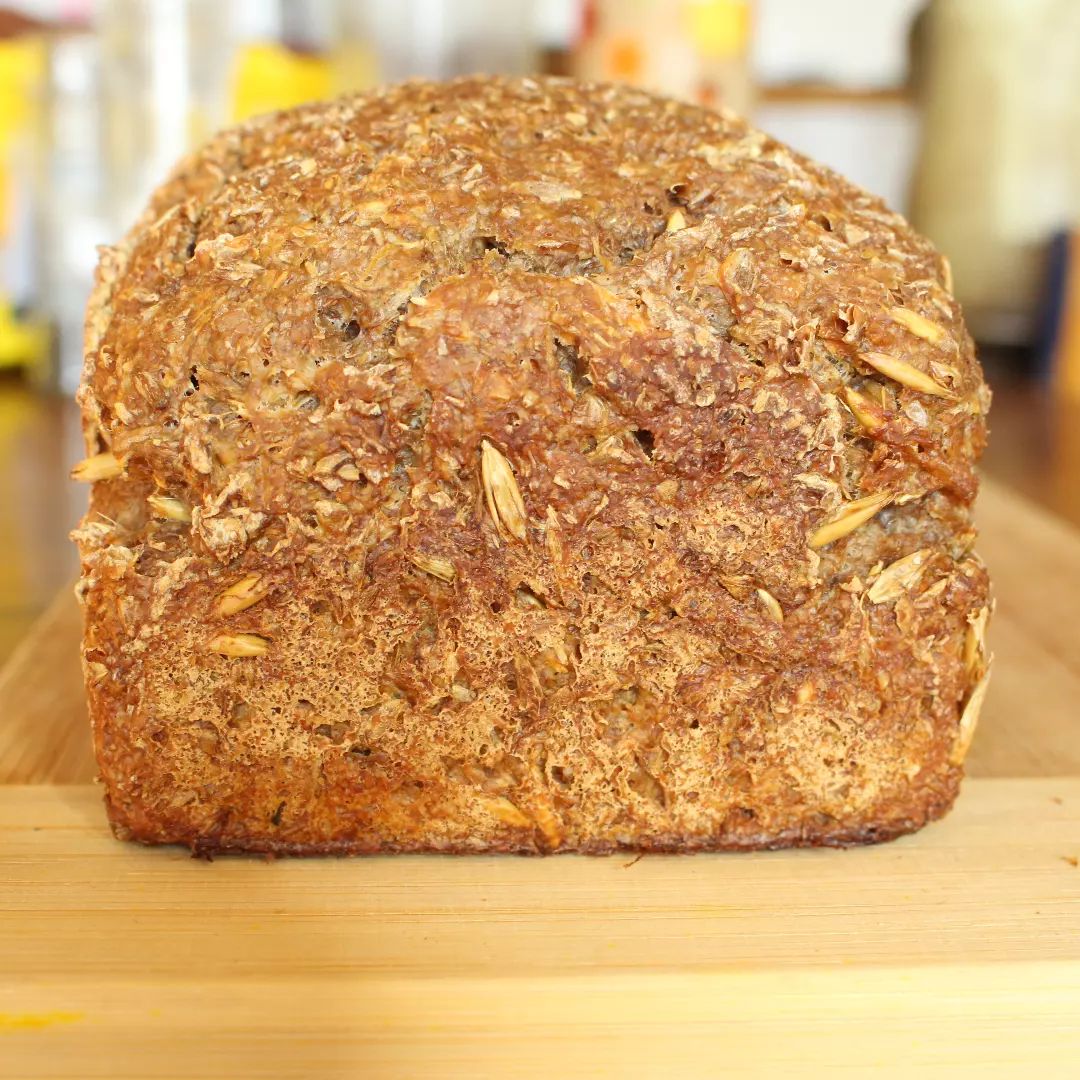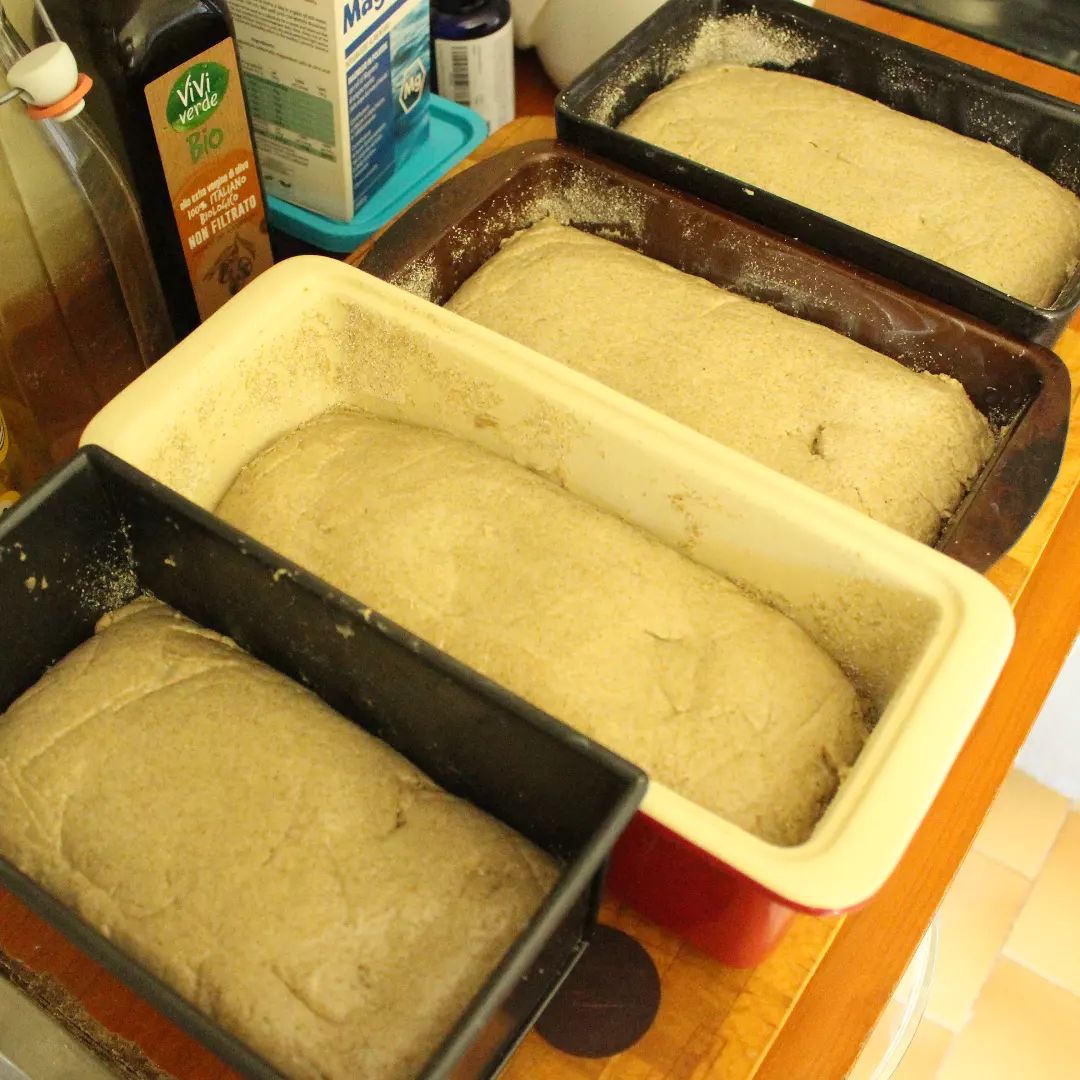The staying power of broth: You know when you fill a bucket with water and then spin it around in a circle so it goes upside down over your head and the water magically (well, magically for us non-physicists!) stays put? . I *so* wanted to do that with this cauliflower soup. I would have laid money on it working. All thanks to the power of pork bone broth! . Bone broth is pure majesty – listen to @ancestralkitchenpodcast #26 to hear @farmandhearth and I give the low down on this amazing ancestral food that can be made for pennies (or cents…depending on where you are!). . In my story today you can be wowed by broth beauty. I jiggle it for you. Then I tip the soup up on video so you can marvel at it. Do go watch ;-) . BTW – the soup is from the great book Better Broths and Healing Tonics. We’ll have an interview with one of the creators of this bible of broth on the podcast later in the year. If you have questions on broth you’d like answered, let me know.
The staying power of broth: You know when you fill a bucket with water and then spin it around in a circle so it goes upside down over your head and the water magically (well, magically for us non-physicists!) stays put?
.
I *so* wanted to do that with this cauliflower soup. I would have laid money on it working. All thanks to the power of pork bone broth!
.
Bone broth is pure majesty – listen to @ancestralkitchenpodcast #26 to hear @farmandhearth and I give the low down on this amazing ancestral food that can be made for pennies (or cents…depending on where you are!).
.
In my story today you can be wowed by broth beauty. I jiggle it for you. Then I tip the soup up on video so you can marvel at it. Do go watch 😉
.
BTW – the soup is from the great book Better Broths and Healing Tonics. We’ll have an interview with one of the creators of this bible of broth on the podcast later in the year. If you have questions on broth you’d like answered, let me know.








